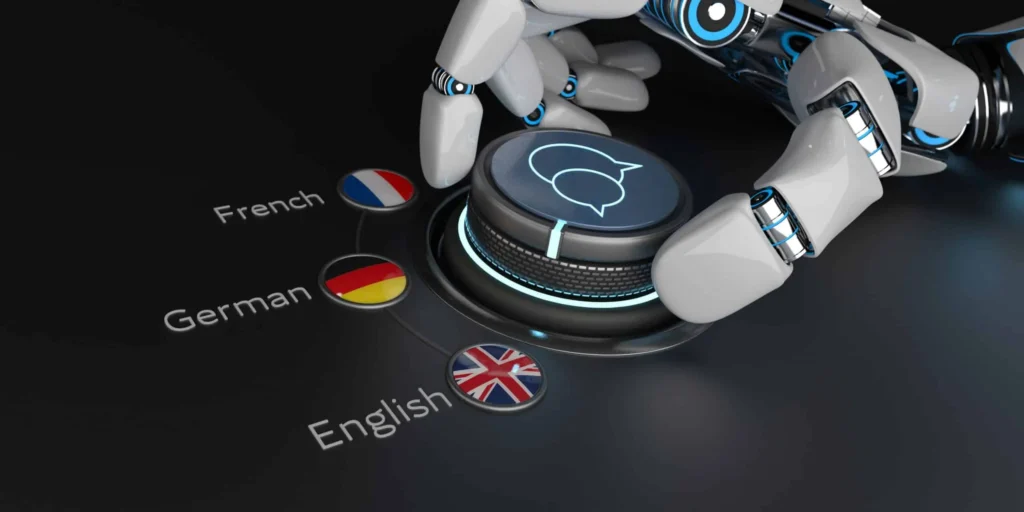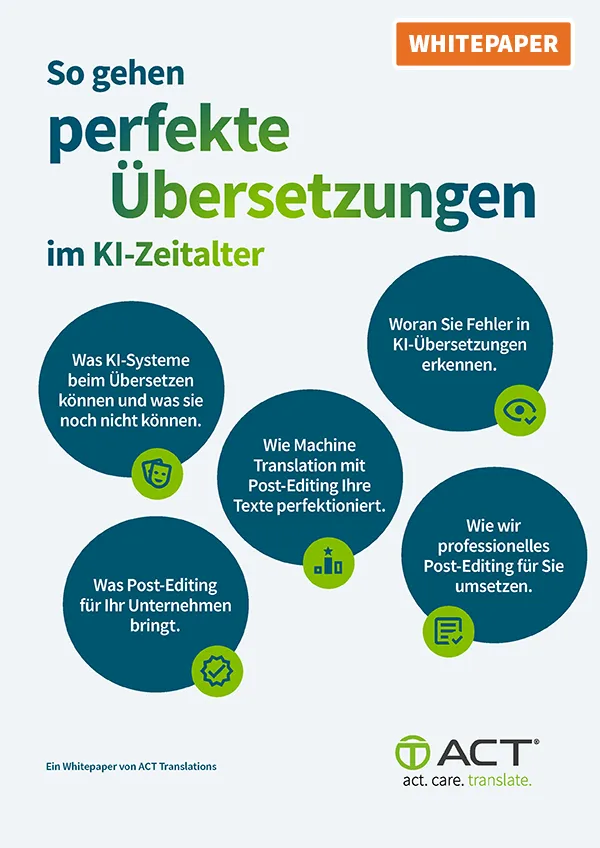Marketing campaigns can be translated, and they can be adapted to the cultural circumstances of the target market. However, the real art is transcreation, which involves conveying the marketing message and associated emotions in a different cultural environment. Read on to discover why this is crucial for the success of international campaigns and which tips you should definitely follow.
It was one of the most original and at the same time most effective marketing ideas of all time. When Coca-Cola started printing first names on its bottles and cans, the company created a strong sense of personal affinity. It also created a marketing campaign whose resounding success was documented in multiple KPIs.
The first names were adapted to the sales regions. Coca-Cola used the most common names in each country. In China, they even used slightly modified pet names, which convey a special sense of closeness in Chinese culture.
The campaign is a prime example of successful transcreation in practice.
Transcreation is the translation of emotions
Transcreation – or creative translation – is more than just word-for-word translation. It involves translating not only the source text but also the associated emotions, ideas, and messages into another language. This goes far beyond localization, which is when a translator adapts texts and visual language to linguistic and cultural norms and practices in the target market so that they have the same effect there. Transcreation is to a certain extent the third stage after standard translation and localization, and it involves both of these processes.
Creative translation requires marketing expertise
The requirements for the transcreators – or the relevant teams – are therefore also clear. In addition to excellent knowledge of the target language and a thorough understanding of the cultural specifics of the target country, marketing knowledge and flair are also a prerequisite. Although some translators can offer all of these skills, in many cases they will cooperate with marketing specialists. They can also be native-speaker marketing and advertising copywriters who themselves have no knowledge of the source language.
The merging of translation and creation entails a different approach to projects. In contrast to translation and localization jobs, the first step must involve a creative briefing: What is the objective of the campaign? What is the target audience? What emotions are to be triggered in the target audience? Only when these points have been clarified is it possible to start planning the transcreation of the marketing or advertising campaign.
When transcreation gives the campaign a new face
Transcreation can sometimes also lead to far-reaching changes in the campaigns. In the case of Coca-Cola, the focus was on using various means to evoke the same emotion. However, the following examples show that the desired emotion itself can also change:
Müller Milk has operated in the German domestic market for many years with a mixture of humor and Dadaism. The earlier slogan “Alles Müller oder was?” (“It’s all Müller, right?”) is still one of the best known in Germany, and the video formats still follow this direction today. In Italy, on the other hand, the brand focuses on eroticism in its TV commercial, and the slogan was adapted accordingly to “Fate l’amore con il sapore” (“Make love with flavor”). In linguistic terms, this still retains the element of humor, but the focus is entirely different.
BMW changed direction in similar style. The famous slogan “Freude am Fahren” (“Sheer driving pleasure”) underwent a classic transcreation makeover for the US market decades ago, in addition to a literal translation. “The Ultimate Driving Machine“ plays on the excellent reputation of German engineering in the USA.
Lost in transcreation
Of course, it is also possible to illustrate the importance of successful transcreation from the opposite perspective – from failed attempts. The list of legendary fails for brand and product names alone is endless.
However, missing or poor transcreation can also be the downfall of entire campaigns. The British HSBC bank experienced this first-hand many years ago when it translated its claim “Assume nothing” so clumsily that it was understood as “Do nothing” in several languages. The consequences led to a rebranding – and a new slogan.
The most important tips: to ensure that your project is also a success
A well-planned process is essential if you want to reap the full benefits of transcreation. We have put together some tips to help you with this.
Tip 1: assess the economic efficiency
As a rule, the transcreation process starts with the question: do I actually need it? The process is theoretically suitable for any type of target-oriented text – but given the work involved and the fact that it cannot be automated, it will obviously cost a lot more than straightforward translation projects. The investment must therefore be reconciled in financial terms with the anticipated benefit. However, successful projects in the past provide ample evidence of just how high this benefit can be.
Tip 2: collaborative partnership from the get-go
A decision to subject a campaign to transcreation must be an integral part of the planning process right from the start. It is extremely important to involve the translators themselves in the process at an early stage. Ideally, you should be in contact with everyone involved – including your creative agency and your project management team.
Tip 3: analyze the new target audiences
It is no secret that marketing and advertising activities are only effective if the target audiences are precisely defined. When it comes to transcreation, however, there is more at play: target audiences in other countries are not the same as the ones you are addressing in your own country. Together with the professional transcreators, conduct a detailed analysis of the characteristics, preferences, and habits of the people in the target country whom you want to attract as customers.
Tip 4: find the right translation agency
Many translation agencies also offer transcreation. Finding the right partner is not always easy. Our best advice is to draw up a short list of questions:
What references does the service provider have for successful transcreation projects?
Can the translation agency provide translators for all desired target languages?
Are they native speakers who also have a perfect command of the source language?
Do the experts have a deep understanding of the mentality and cultural characteristics of the target audience?
Does the potential partner have internal or external employees who have experience with advertising and marketing campaigns and in dealing with creative agencies?
Of course, interpersonal chemistry also plays a crucial role. After all, you will be spending a lot of time with the transcreators.
Tip 5: conduct an in-depth briefing for the transcreators
The more the transcreators know about the goal of the campaign, the better results they will produce. Therefore, they need a comprehensive creative briefing that familiarizes them with the key messages, the background of the chosen tonality in the original text, and, of course, the target audience.
Tip 6: schedule sufficient time
If the process is to succeed, it will take time. A good transcreation takes much longer than a professional translation because all the texts and images are examined, reimagined, or often even recreated from scratch. Remember that this is a highly creative process – so give it the time it needs!




